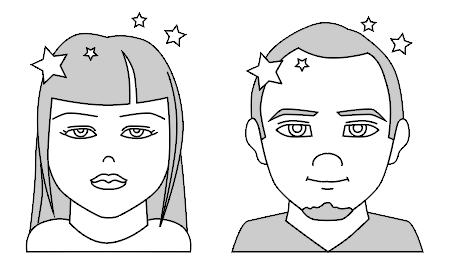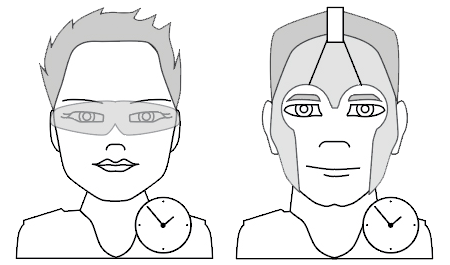Choose Your Own Adventure
An interactive analytics game
You've arrived, Voyager.
You're playing Choose Your Own Adventure as the Voyager analyst. Good luck!
Over one billion tourists travel each year. They spend over $885 billion on their trips worldwide. But who? And where?
Which countries send and receive the most tourists?
You choose to:
Create a filled map in Tableau with color representing the amount of tourists either sent to or received by different countries. You use a parameter and quick calculation to toggle between views of arriving and departing tourists.
In Tableau, you can create many different kinds of maps. Above, we used a filled map. Need more flexibility? Discover how to create custom territories with spatial files in Tableau.
You discover that:
France receives the most tourists, and the United States sends the most.
Analytic techniques:
You created a map to provide context to your geographic data. You also used parameters and a calculation to control display options in your viz. Parameters are dynamic values that can replace constant values in calculations, filters, and reference lines.
Now you want to know…
Does France make the most money from tourism?
You choose to:
Rank countries by expenditure and tourist arrivals. This way, you can determine whether France has most tourists as well as the highest income from tourism worldwide. You group countries visually by color in order to call out top performers—France and the US.
You discover that:
The US makes the most money from tourism, despite the fact that France has the highest number of visitors.
Analytic technique:
You used visual grouping, the perceptual organization of similar items, often based on proximity, similarity, or trajectory. You also employed sorting to enable your bar chart to answer different types of questions and comparisons.
Now you want to know…
What are the trends around expenditure?
You choose to:
Determine whether countries are gaining or losing money from the global tourism industry. You investigate the relationship between inbound tourist expenditure and outbound tourist spend by country. (For instance, how much money is spent in Germany by tourists from other countries, versus how much do Germans spend in other countries as tourists?) By visualizing dual lines for inbound and outbound tourism, you get a clear picture on various countries’ incomes from and contributions to tourism expenditure.
You discover that:
Tourist spend in the US is much higher than in other countries. Spending habits in France are more closely linked between inbound and outbound tourism expenditure. You also notice that, recently, there was a huge spike in Chinese outbound tourism expenditure.
Analytics technique:
You used dual lines in a panel chart, two lines visualizing different measures on the same axis.
Start a new adventure as:
Prophet Analyst
Sage Analyst
Mastermind Analyst
Advanced Analytics with Tableau
Discover how Tableau's advanced analytics features work.




